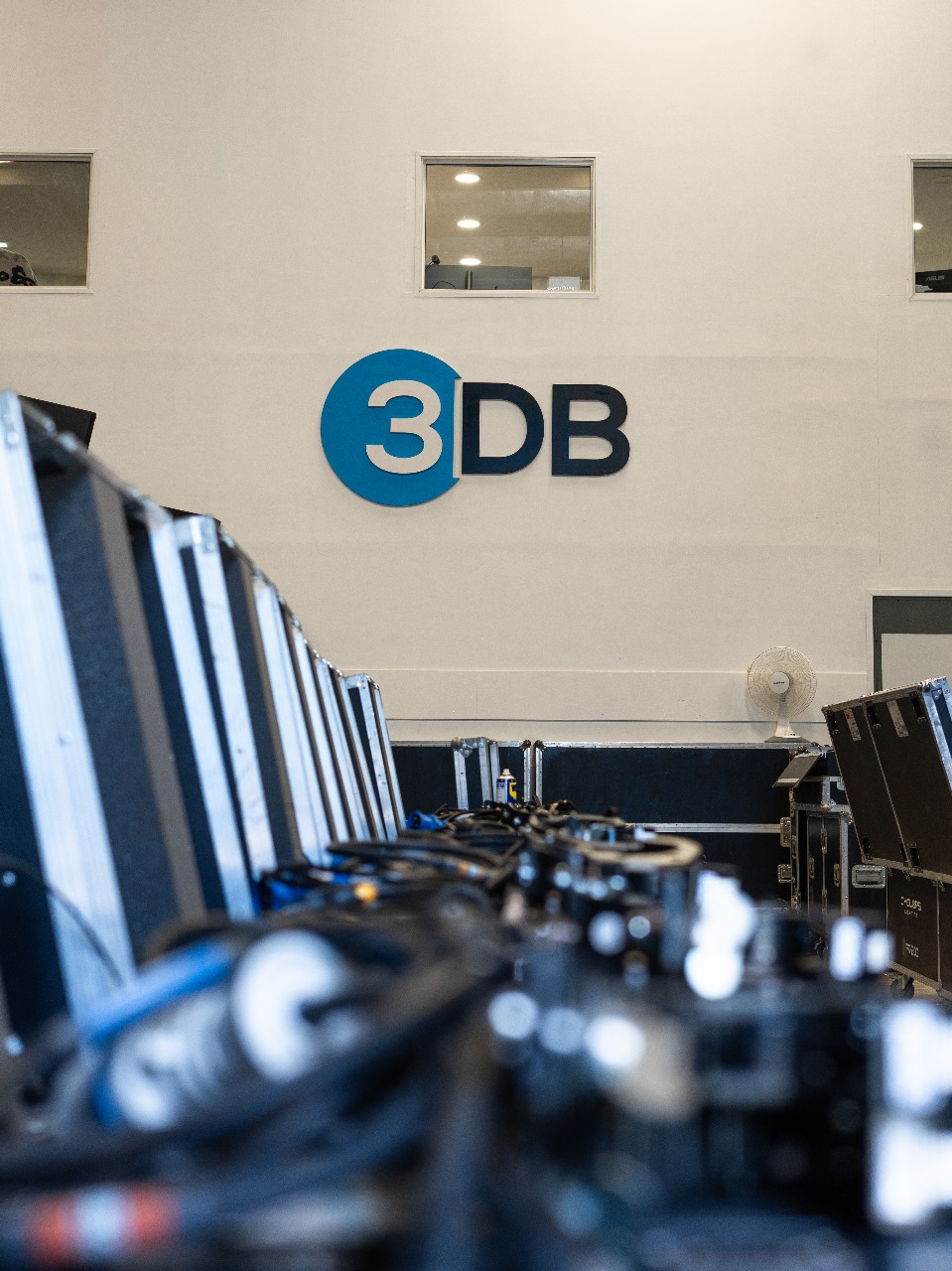Cities are growing faster than ever. Professionals combine creativity with technical skills to design spaces that balance human needs with environmental protection. Let’s explore how urban planning engineers make our cities greener and more livable.
Designing Walkable Neighborhoods:
Urban planning engineers prioritize pedestrian-friendly designs that encourage walking over driving. They create interconnected networks of sidewalks, bike lanes, and green pathways that make it safe and pleasant to move around without cars. By placing shops, schools, and parks within walking distance of homes, they reduce traffic congestion while promoting healthier lifestyles.
Integrating Nature Into Cities:
These engineers find innovative ways to bring nature back into urban areas. They design parks, urban forests, and green roofs that clean the air, provide shade, and create habitats for wildlife. Even in dense cities, they incorporate vertical gardens, tree-lined streets, and pocket parks to ensure residents always have access to green spaces.
Sustainable Water Management:
Instead of relying solely on concrete drainage systems, planning engineers design natural solutions. They create rain gardens, permeable pavements, and restored wetlands that absorb stormwater naturally. These features prevent flooding while recharging groundwater supplies and creating beautiful landscapes that benefit both people and the environment.
Smart Public Transportation:
Urban planning engineers develop efficient public transit systems that reduce reliance on private cars. They design bus rapid transit lanes, bike-sharing stations, and pedestrian-friendly transit hubs that make sustainable transportation convenient for everyone. By locating transit stops near housing and workplaces, they help cut pollution and commute times.
Energy-Efficient Communities:
These professionals plan neighborhoods that conserve energy through smart design. They orient buildings to maximize natural light and ventilation, plan district heating and cooling systems, and incorporate renewable energy sources. Their designs often include shared community spaces that reduce the need for individual energy consumption.
Building Climate-Resilient Cities:
Urban planning engineers help cities prepare for climate change by designing adaptable spaces. They elevate flood-prone areas, create heat-resistant landscapes with shade trees and cooling water features, and preserve natural buffers against extreme weather. Their forward-thinking designs protect communities while maintaining beautiful, functional spaces.
Through these tactics, urban planning engineers create cities that are not just concrete jungles, but vibrant, healthy ecosystems where people and nature thrive together. Their work proves that modern urban living can be sustainable, comfortable, and connected to the natural world – making our cities truly livable for generations to come.



